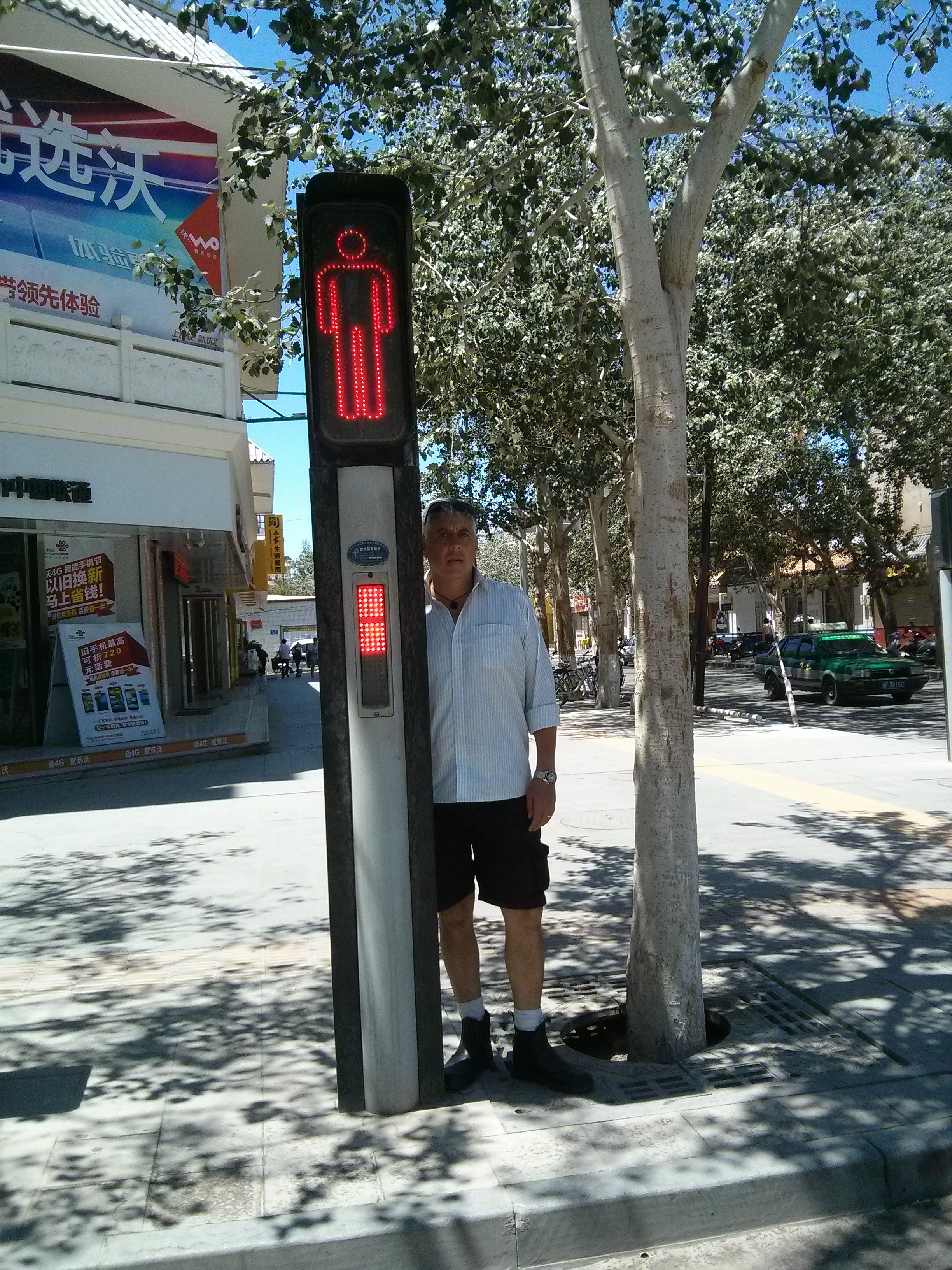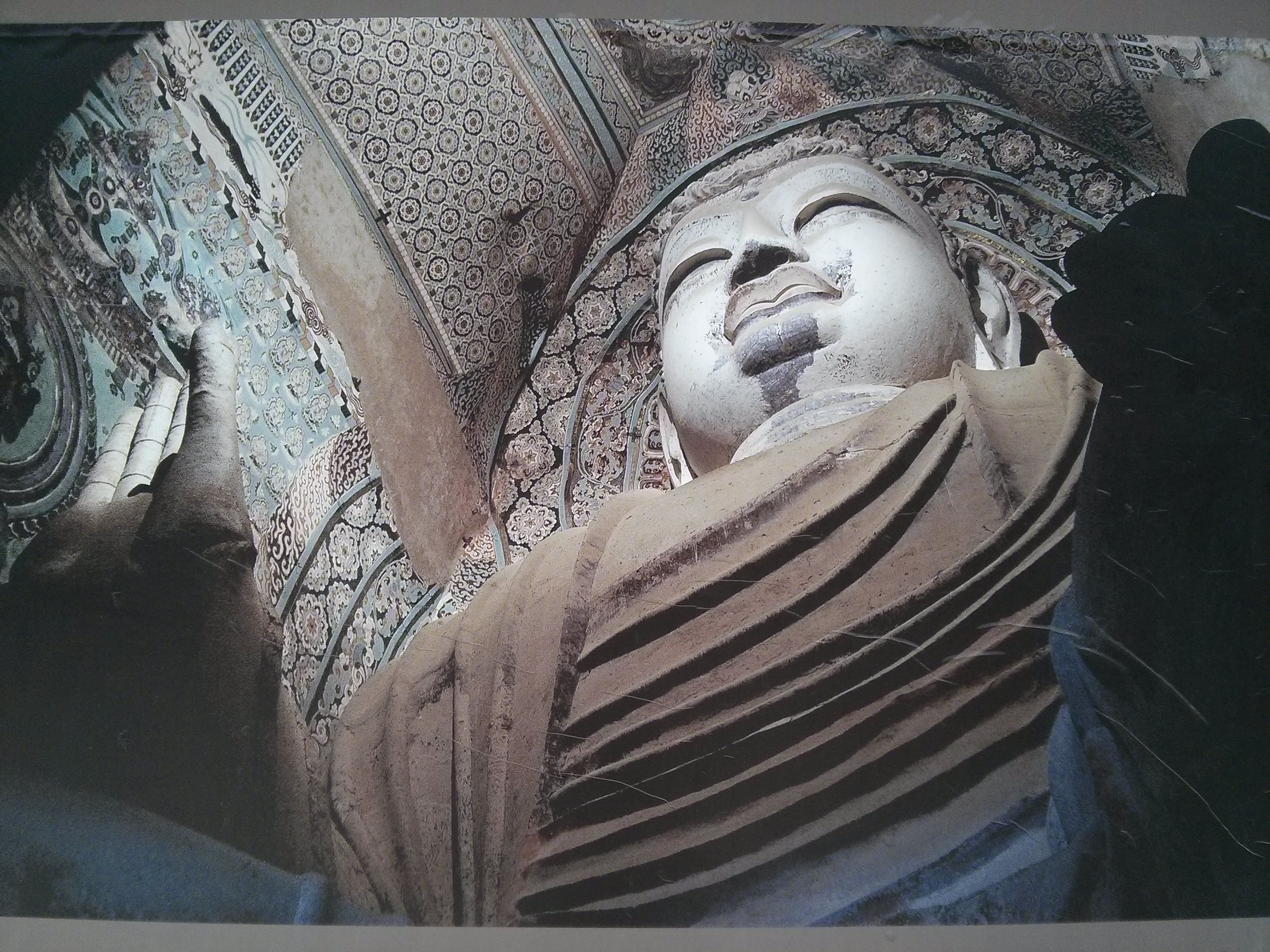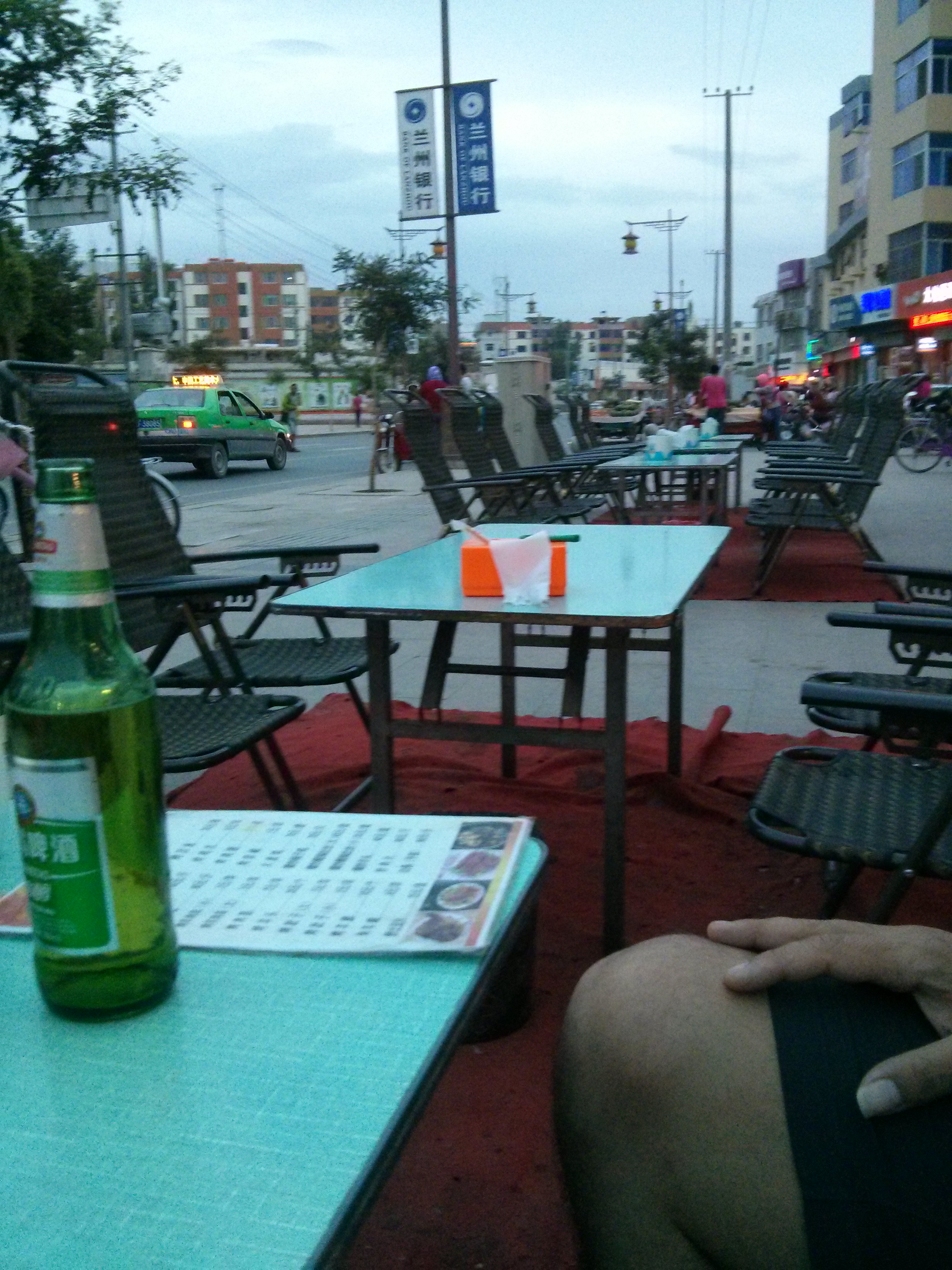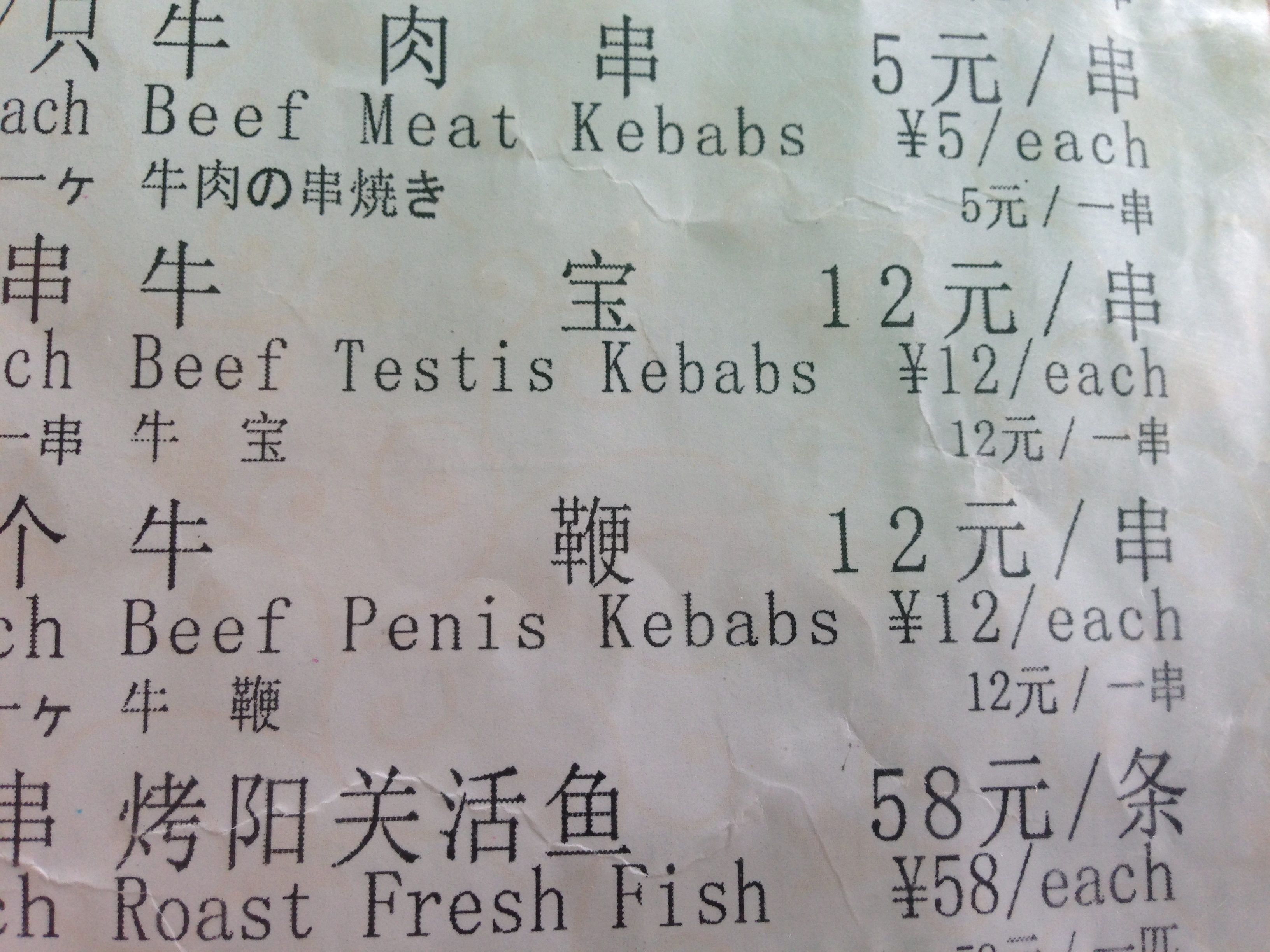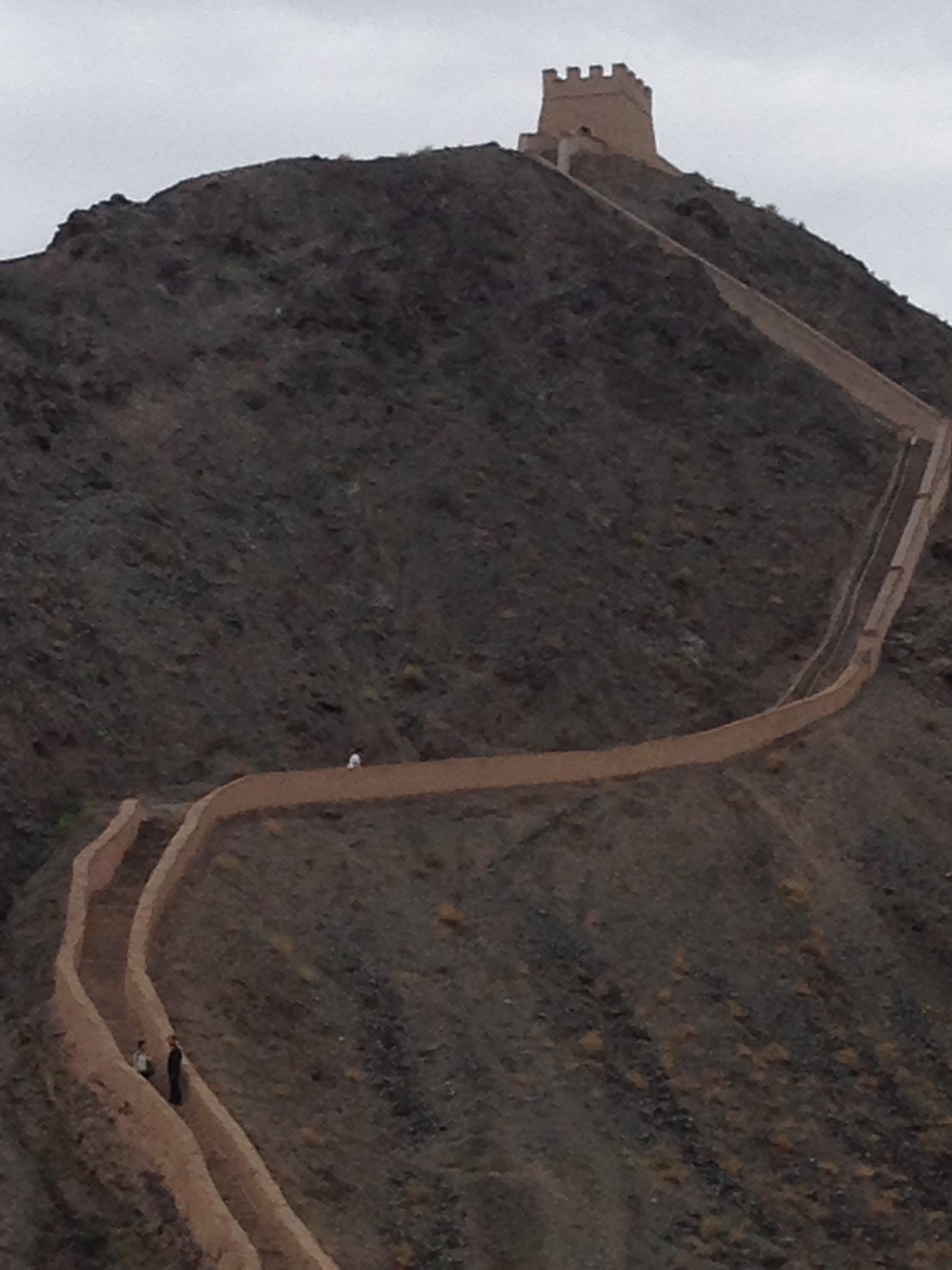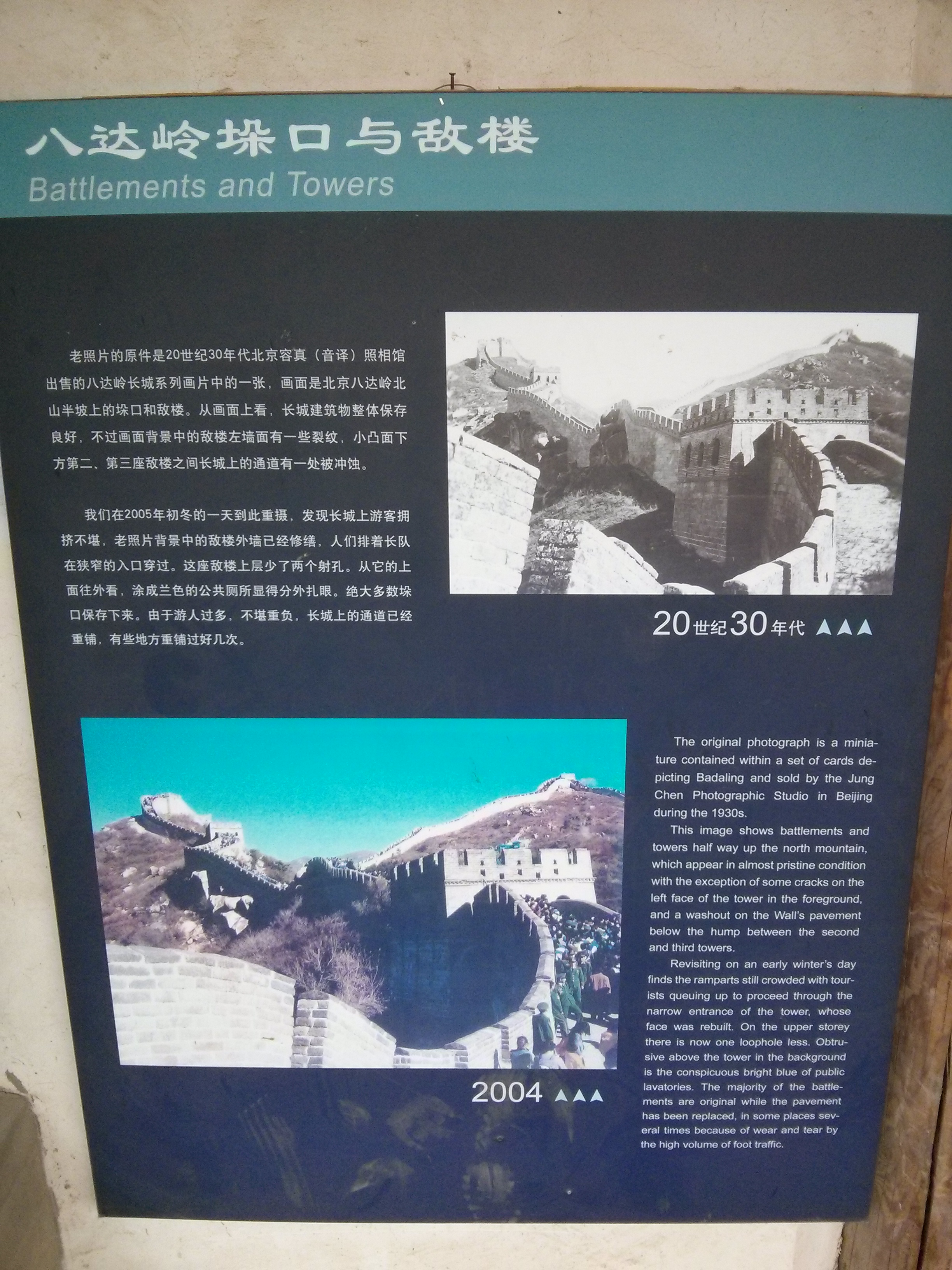After one of the worst stays at one of the (supposedly) better hotels we left on a 3 am train to Dunhuang. A zombie day to get over the lack of sleep and then off exploring. Dunhung is an oasis city at a crossroads of the silk road. No surprise to most of you but the first thing we found of note was the dumpling shop…closely followed by the location of the night market…then the food snack street. One of the first things that strikes you about Dunhuang is just how pleasant a city it is. It is not overly large (about 200,000) but is extremely liveable.
All of the good bits of larger cities are here but without the annoyances that some of the other places have…the beeping is almost non-existent and the likelihood of being run over on the footpath by ninja motorbikes is also greatly reduced. The weather is warm (mid 30’s), the streets are wide as are the footpaths, the place is clean and the people are friendly. There is actually not much to the town but it is a really pleasant place to kick back and do stuff. The big thing for Jill was the sheer size of the walk symbols when you cross the road.
We headed to the night market for a meal on the first night and had a Chinese casserole and the next afternoon returned for the Chinese Hamburger (slowly braised pork, chilli and capsicum chopped fine and put in a roll) with an ale or two in the sunshine. Dunhuang was a major hub of the silk route and was the most westerly frontier military garrison in China. We found a pair of Melbourne paramedics (Jude and Astrid) who are trying to cycle from Melbourne to Glasgow (in bite sized chunks) as the money allows. So we joined them for a trip to the flash 5 star hotel on the edge of the Gobi desert, overlooking Mount Qilian for a massively overpriced (but relatively pleasant) sunset meal overlooking the dunes.
The main things to do in Dunhuang are the Mogao Caves, the desert and the crescent moon lake (and of course the camel safaris through the desert). Having learned from my last camel experience I refused outright to willingly place myself on the back of another of these dirty, smelly and uncomfortable beasts. The caves on the other hand were no problem at all and after avoiding the crush of Chinese tourism weekends we set off to the Mogoa Caves/grottoes on the Monday morning. A cruise through the very interesting museum and a wander through about 15 (of the 925) caves with our English guide and we were done.
The caves had been subjected (externally at least) to a Chinese renovation which meant that the outside of the caves and grottoes essentially looked like a relatively modern (if ugly) stucco apartment block. As Chinese tourists come to see statues…all of the previously destroyed or stolen statues that would have inhabited the caves had been replaced with more modern and stylised versions of themselves. The paintings on the walls for the better part were original. The 35.5 metre Buddha remained but the housing around it had been severely modernised. The before and after pictures in the museums give a really fine indication of just how bastardised the current version of Chinese historical sites actually are. Having done the caves we were left with the crescent moon pool and sand dunes but rain, wind, weather and a general post Tibet malaise stopped us.
Instead along with our newfound biking buddies we ate and drank and enjoyed pleasant company and a comfortable city. Our big boon for the city was the discovery of deep fried oyster mushrooms that were coated in chilli after the battering and frying…this is without a doubt the best ever beer snack ever made. Not one day passed after its discovery did we not indulge, which is possibly a good thing as some of the other menu options left a little to be desired.

